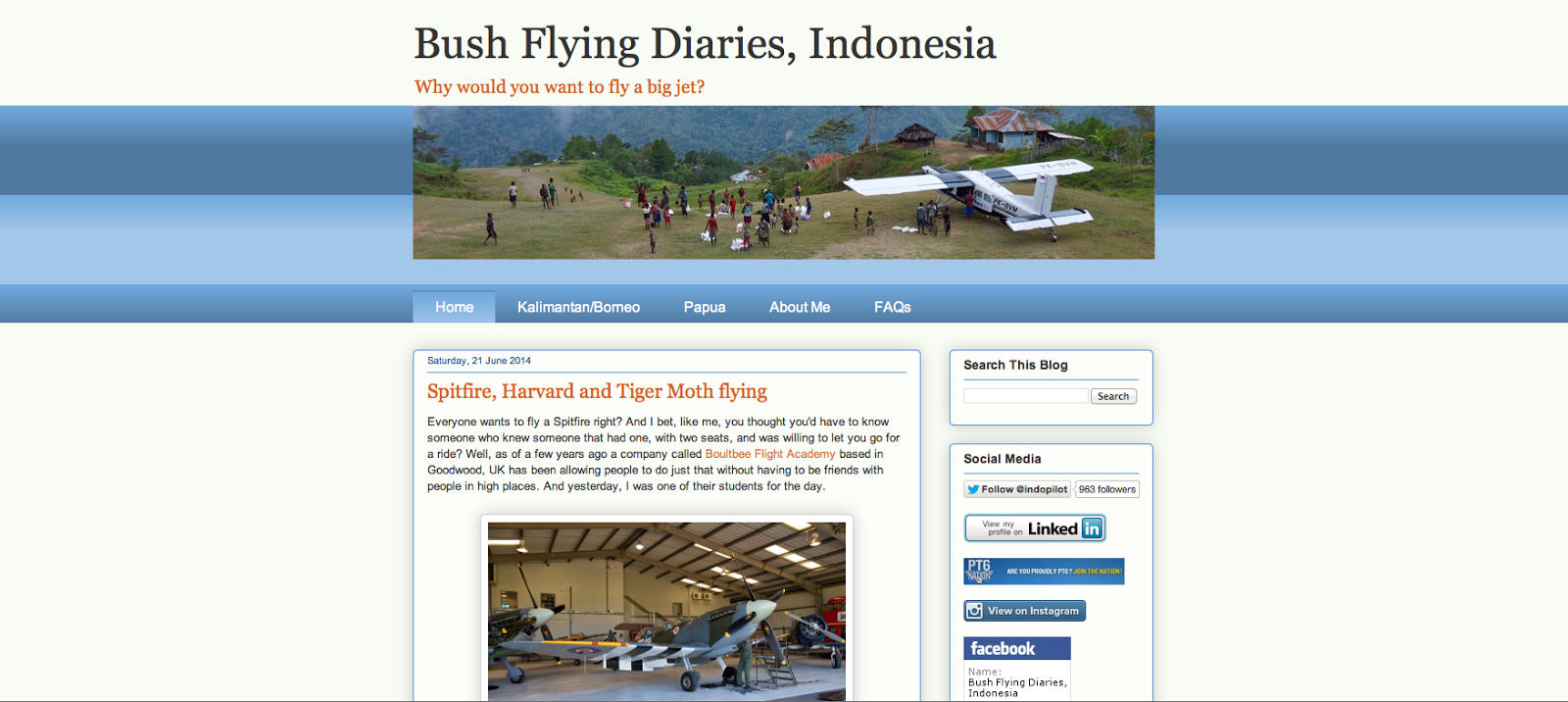Where to begin? Thats the question that hits you when you first search for aviation weather apps on the app store. Within this article I will seek to make sense of the vast range of apps and narrow them down to the one I feel are the best and worst for each discipline.
I started my search by downloading the following apps from the apps store, they were all free to download however, some of them charged in service costs for the app to run. If this was the case they were eliminated from the selection process.
After a short look through each app it became clear that there were only really two contenders within the review, the rest either offered in app purchases in order for the app to actually function as it should, the rest had such bad functionality or interface that I couldn't make sense of them. Only AeroWeather and AeroPlus were left in the competition and warranted further investigation.
AeroPlus Aviation Weather
Now, this app definetly gave the best interface of the lot, allowing you to drag yourself around a map and then touch the specific airfield you wished to check the weather for. It really was very intuitive to use and I'm sure anyone could just about learn it functions however, despite its great positives all this expensive software development means that there must be catch somewhere and in the case of this app it is in the fact that only the decoded METAR can be seen without a subscription fee being payed. For me this isn't to much of downside as I don't really use the TAFS to such a great extent and so I can do without them if it is going to cost me.
AeroWeather Lite
This app seems to offer the opposite design to the other, rather than a map being used and very smart graphics simply gives you all the functionality for free whilst the compromise has been made in the interface however, its simple interface does not effect its functionality, you have to enter the call sign for the airfield you wish to gain the records for and then they are presented to you. It gives you both METAR and TAFS which therefore give it a slight edge over the AeroPlus app but it is a little less flush to use so that leaves us with a dilemma.
Which one to go for?
Well, I think it depends on your personal needs form the app and how much you value a good looking app over the functionality. They are both free of charge so you could just get both but, I feel this rather defeats the point of the review so if I was asked I would probably go for the AeroWeather Lite due to its additional functionality which I may find useful one day and so, I'm better having the capability than not.
If you have any comments please leave them below and if you feel there is anything else that may benefit the reader of this article please do comment below.




































